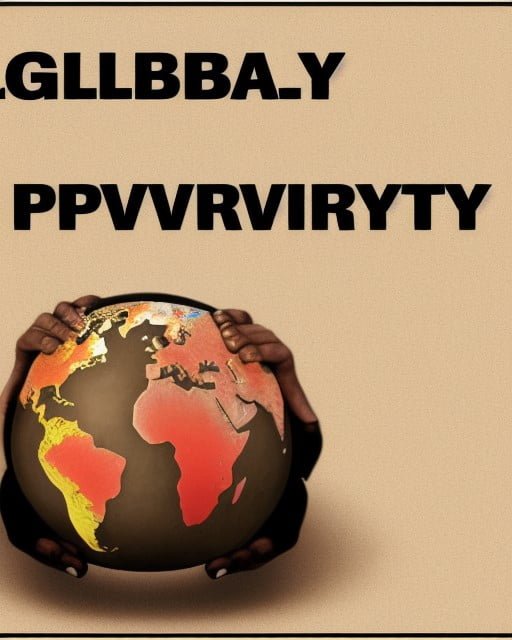Are You Below or Above Poverty Line?
Living below the poverty line means struggling to make ends meet and not having enough resources to maintain a basic standard of living. Poverty is a serious issue that affects millions of people around the world. In the United States, poverty is defined as having an income below a specific threshold known as the poverty line. In this article, we will explore how to determine if you’re below the poverty line and signs that you’re living above it.
How to Determine if You’re Below the Poverty Line
The line is determined by the U.S. government and is based on income and family size. According to the U.S. Department of Health and Human Services, the poverty line for a family of four in 2021 is $26,500. If your income falls below this amount, you’re considered to be living below the poverty line.
To determine if you’re below the line, you need to calculate your income and compare it to the poverty threshold for your family size. You can use online calculators to estimate your poverty status, or you can consult with a financial advisor to get a more accurate assessment.
Factors such as location, cost of living, and family size can impact whether or not you’re living below the poverty line. For example, if you live in a high-cost city like New York or San Francisco, the poverty threshold may be higher than in other parts of the country.
Living below the poverty line can have severe consequences, including difficulty accessing healthcare, education, and nutritious food. It can also lead to housing insecurity and homelessness.
Signs You’re Living Above the Poverty Line
Living above the line means having enough resources to maintain a basic standard of living. If your income is above the poverty threshold, you’re considered to be living above the poverty line. Here are some signs that you’re living above the poverty line:
- You have a steady income from a stable job or business.
- You can afford to pay your bills and cover your basic expenses without struggle.
- You have access to healthcare and can afford to see a doctor when needed.
- You have a comfortable place to live and can pay your rent or mortgage without difficulty.
- You can afford to buy nutritious food and eat healthily.
- You can afford to take vacations and enjoy leisure activities.
- You have a savings account and can handle unexpected expenses.
- You can afford to invest in your education or your children’s education.
- You can donate to charitable causes and give back to your community.
- You feel financially secure and confident about your future.
Living above the line does not mean that you’re wealthy or have an extravagant lifestyle. It simply means that you have enough resources to meet your basic needs and have some financial stability.
In conclusion, poverty is a serious issue that affects millions of people worldwide. If you’re unsure if you’re living below or above the line, it’s important to calculate your income and compare it to the poverty threshold for your family size. Living below the poverty line can have severe consequences while living above it can provide stability and security. By understanding the line and its implications, we can work towards reducing poverty and creating a more equitable society.


